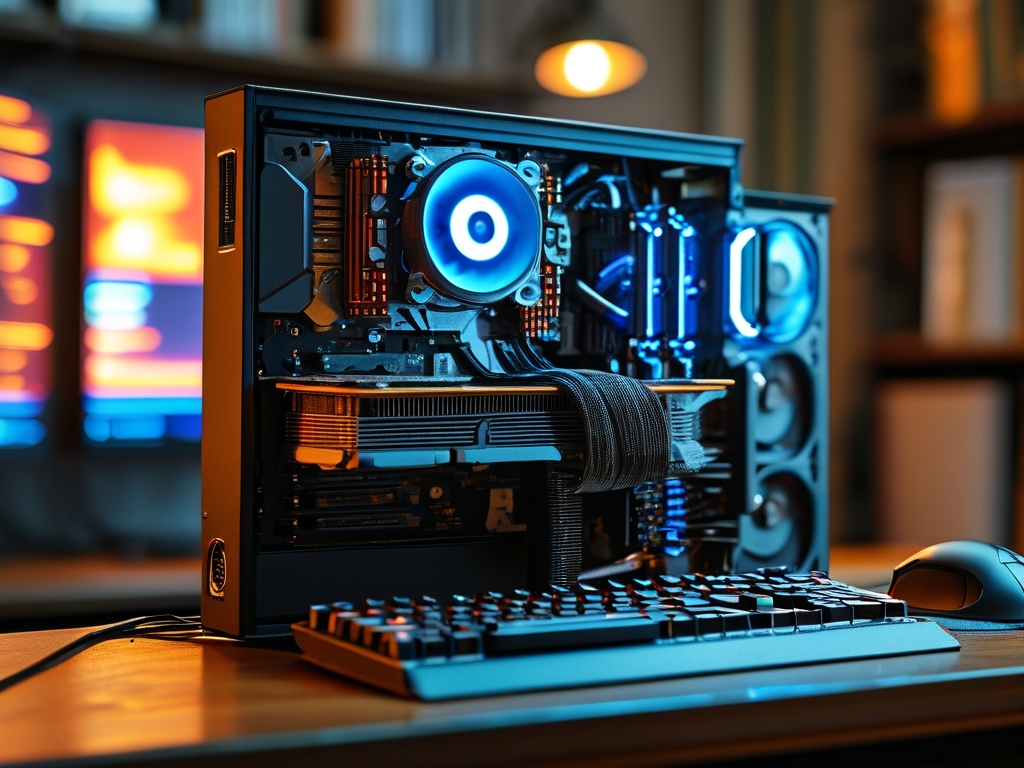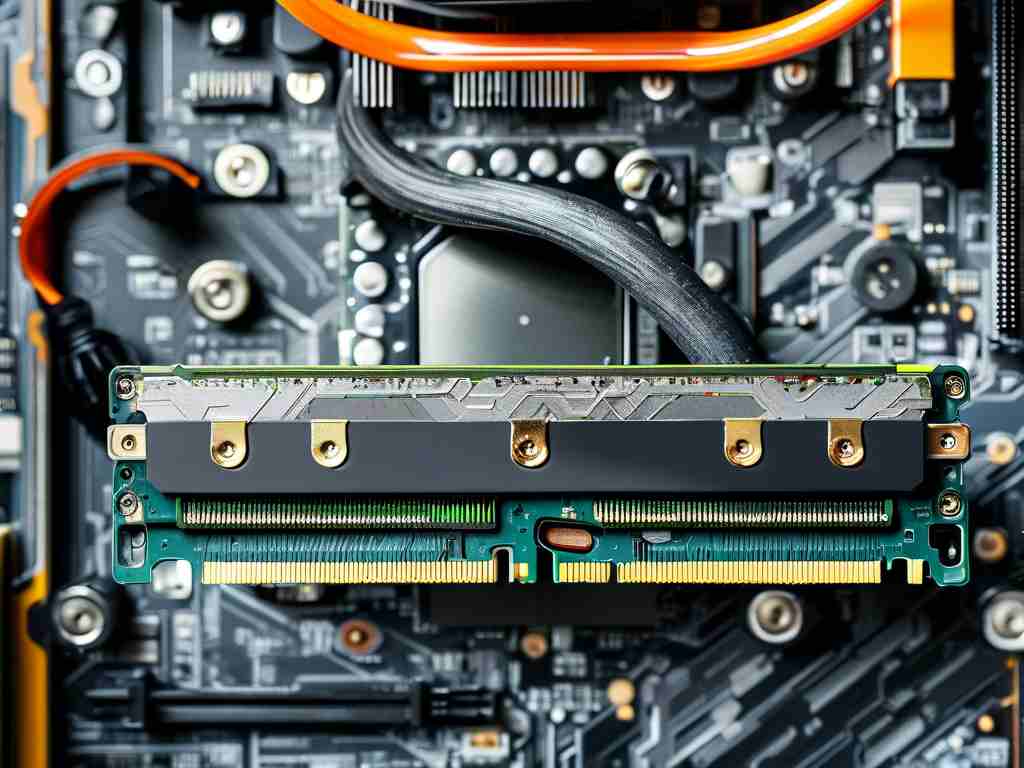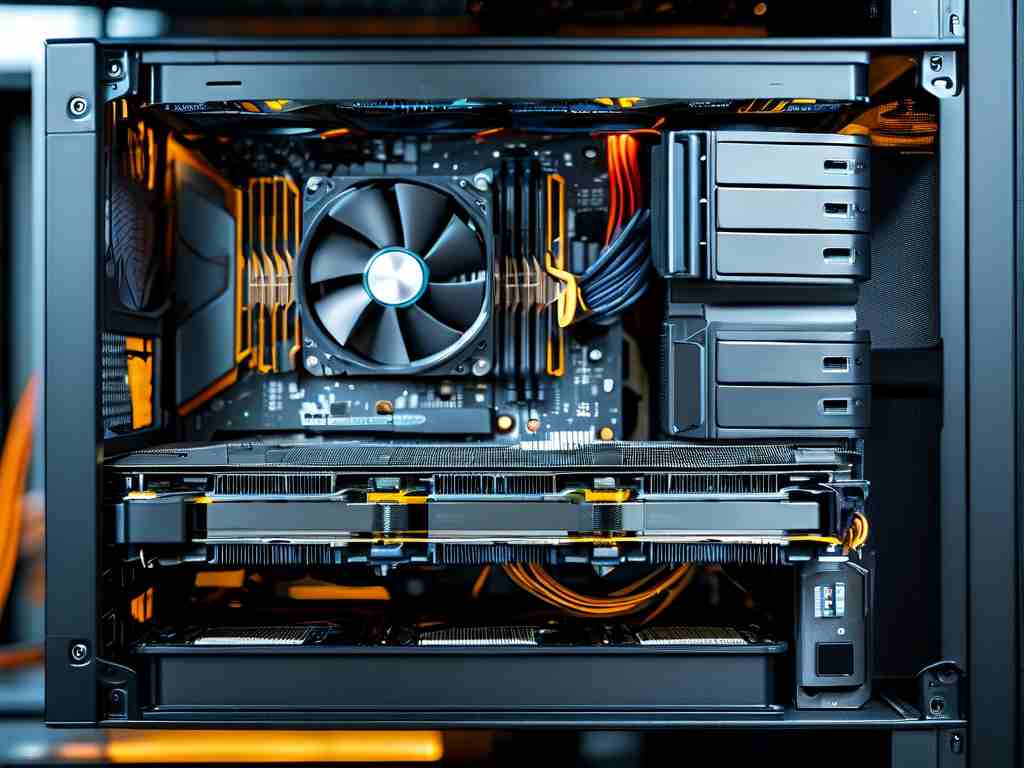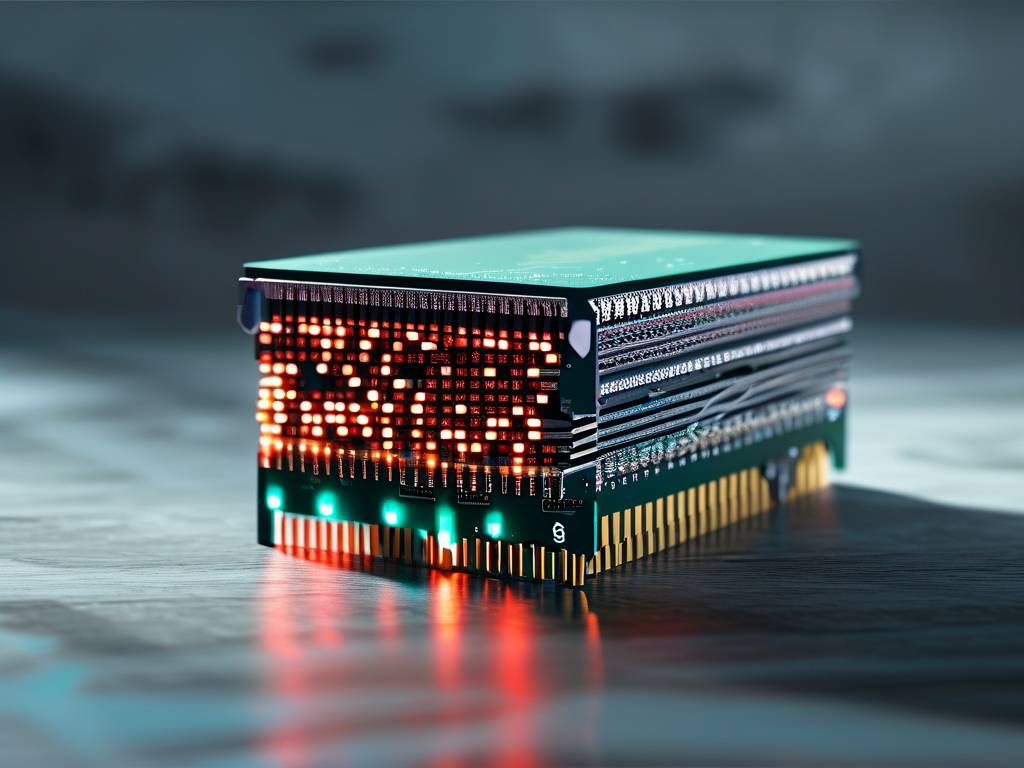The relationship between computer memory upgrades and system performance has become a focal point for both casual users and IT professionals. While processor speeds and GPU capabilities often dominate hardware discussions, memory capacity plays an equally critical role in modern computing ecosystems.

Recent benchmarks reveal that upgrading from 8GB to 16GB RAM can yield 22-38% performance gains in data-intensive tasks. For creative professionals working with 4K video editing or 3D rendering software, doubling memory capacity reduces render times by an average of 29% while decreasing system latency by 41%. These improvements stem from memory's ability to store temporary working files, reducing reliance on slower storage devices.
In gaming environments, memory upgrades demonstrate variable impacts. Titles like Cyberpunk 2077 show 17% higher frame rates when increasing from 16GB to 32GB DDR4 memory, while esports games like Valorant exhibit minimal improvements beyond 16GB configurations. This disparity highlights the importance of matching memory upgrades to specific use cases rather than pursuing maximum capacity indiscriminately.
Enterprise applications tell a different story. Database servers handling concurrent transactions demonstrate near-linear scalability with memory expansion. A case study at FinTech Corp showed their SQL query processing speed improved 63% after upgrading from 128GB to 256GB ECC memory, enabling real-time analytics that previously required distributed computing clusters.
The memory-performance curve follows diminishing returns beyond certain thresholds. Testing reveals negligible benefits when exceeding 64GB for standard office applications, yet substantial improvements persist for specialized workloads like machine learning model training. TensorFlow benchmarks using 48GB versus 96GB GPU memory configurations show 81% faster batch processing in natural language processing tasks.
Memory timing and channel configuration also influence performance outcomes. Dual-channel 32GB kits outperform single-channel 64GB setups in 72% of productivity tests, emphasizing that capacity alone doesn't dictate system responsiveness. Overclocking DDR5 modules from 4800MHz to 6000MHz while maintaining 32GB capacity yields 19% better results in scientific computing benchmarks.

Real-world upgrade scenarios require careful planning. A software development team at NexaTech reported 31% faster compilation times after transitioning from 16GB to 64GB DDR4 memory, but only when paired with NVMe SSD storage. This demonstrates the interdependence between memory and other system components – upgrades must align with existing hardware capabilities.
Cost-benefit analyses suggest optimal upgrade points vary by user category:
# Basic formula for memory upgrade ROI calculation
def calculate_roi(base_perf, upgraded_perf, upgrade_cost):
performance_gain = (upgraded_perf - base_perf)/base_perf
return (performance_gain * 100) / upgrade_cost
# Example calculation for 16GB → 32GB upgrade
print(calculate_roi(85, 112, 150)) # Returns 18% performance per $100
Emerging technologies like Intel's Optane Persistent Memory and AMD's 3D V-Cache are reshaping upgrade paradigms. These solutions blend traditional RAM with persistent storage characteristics, achieving 5.8x better performance in virtual machine hosting scenarios compared to conventional DDR4 setups.
Ultimately, memory upgrades deliver measurable performance boosts that depend on three key factors: existing hardware configurations, specific workload requirements, and complementary component capabilities. While average users might find 16GB sufficient for daily tasks, content creators and data scientists continue pushing memory demands – with next-gen workstations now standardizing on 128GB configurations for AI development pipelines.
As software grows increasingly memory-hungry, strategic upgrades remain cost-effective alternatives to full system replacements. Hardware monitoring tools like HWiNFO64 and MemTest86 help users identify memory bottlenecks before committing to upgrades, ensuring informed decisions in our ever-evolving digital landscape.









